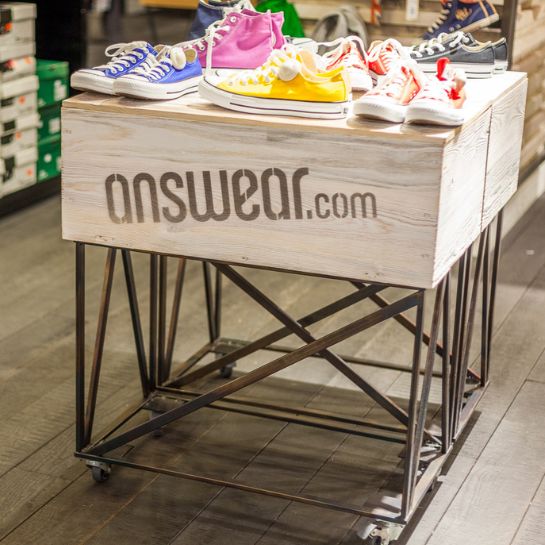As it is indicated in the annual PwC (PricewaterhouseCoopers) report, the environment for retailers has never been more complex. What is the future of physical stores?
If there was ever an institution that survived the historic transformations and was effectively adapting to the new conditions, it is the store. Stationary stores are almost as old as trading itself and they still are the most common point of contact with the products for customers.
According to PWC global consumer survey, 36 percent of respondents go to a physical store at least weekly, while 20 percent shop weekly online via PC, 10% online via tablet and 11% online via mobile phone.
These proportions will vary in the future – online shopping will continue to grow at the expense of store visits. In PwC report this effect is called “Age of Disruption”. The report lists four waves of disruption facing every retailer: the evolving role of the store, the proliferation of social networks, mobile phone technology, and global demographic shifts. These factors affect many spheres: from business, through technology to “social economics”.
However, it is still too early to diagnose what impact the development of mobile and social networks will have on retail sector. The undisputed advantage of shopping in physical stores is a fact that customer is able to see, touch and try merchandise. It cannot be achieved by online shops, although that could be changing. PwC describes the case of Russian fashion retailer Lamoda which delivers products to customers’ homes, then allows them 15 minutes to try on their choices. Shoppers pay only for what they want to keep, and the rest is promptly taken back to the store or warehouse. Another trend spotted by PwC is the forthcoming end of impulse buying – today customers have a lot of web tools that not only allow them to define the parameters of searched products, but also to locate them in the store without wandering or asking store employees. The trend called “webrooming” (browsing products online and then purchasing them in-store) is opposite to „showrooming”, where the store is a showroom to touch and feel products for later online purchase. Read more about this and other trends in PwC report – document is available here

18.04.2024
For e-commerce, brick-and-mortar stores serve as a way to increase their visibility and offer a richer shopping experience within an omnichannel sales approach.